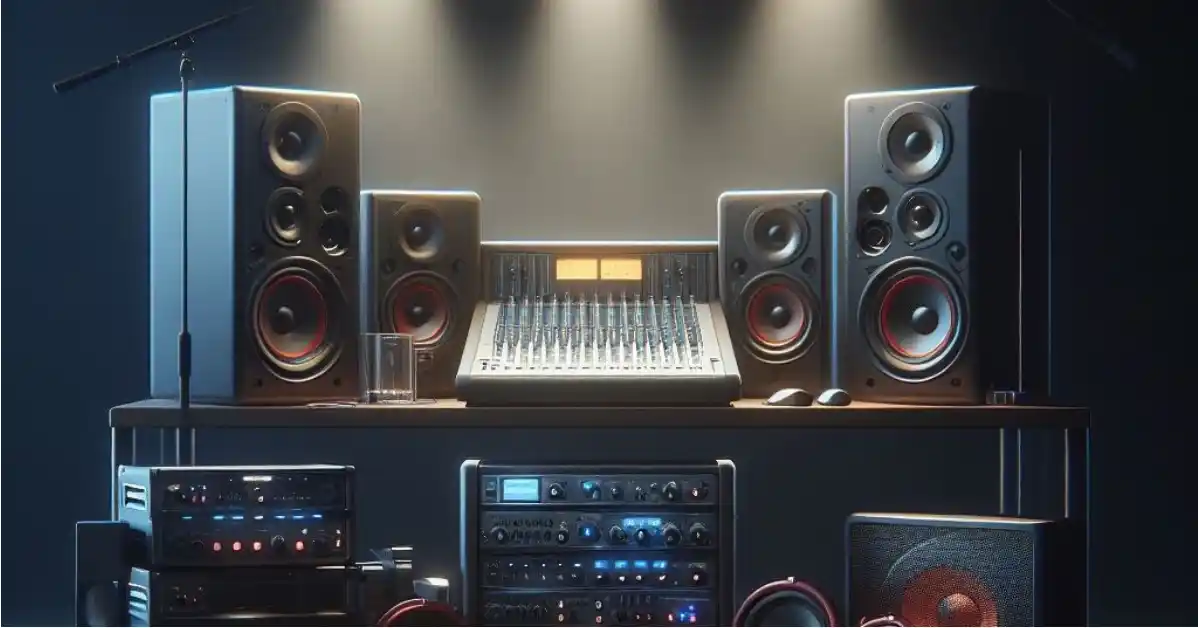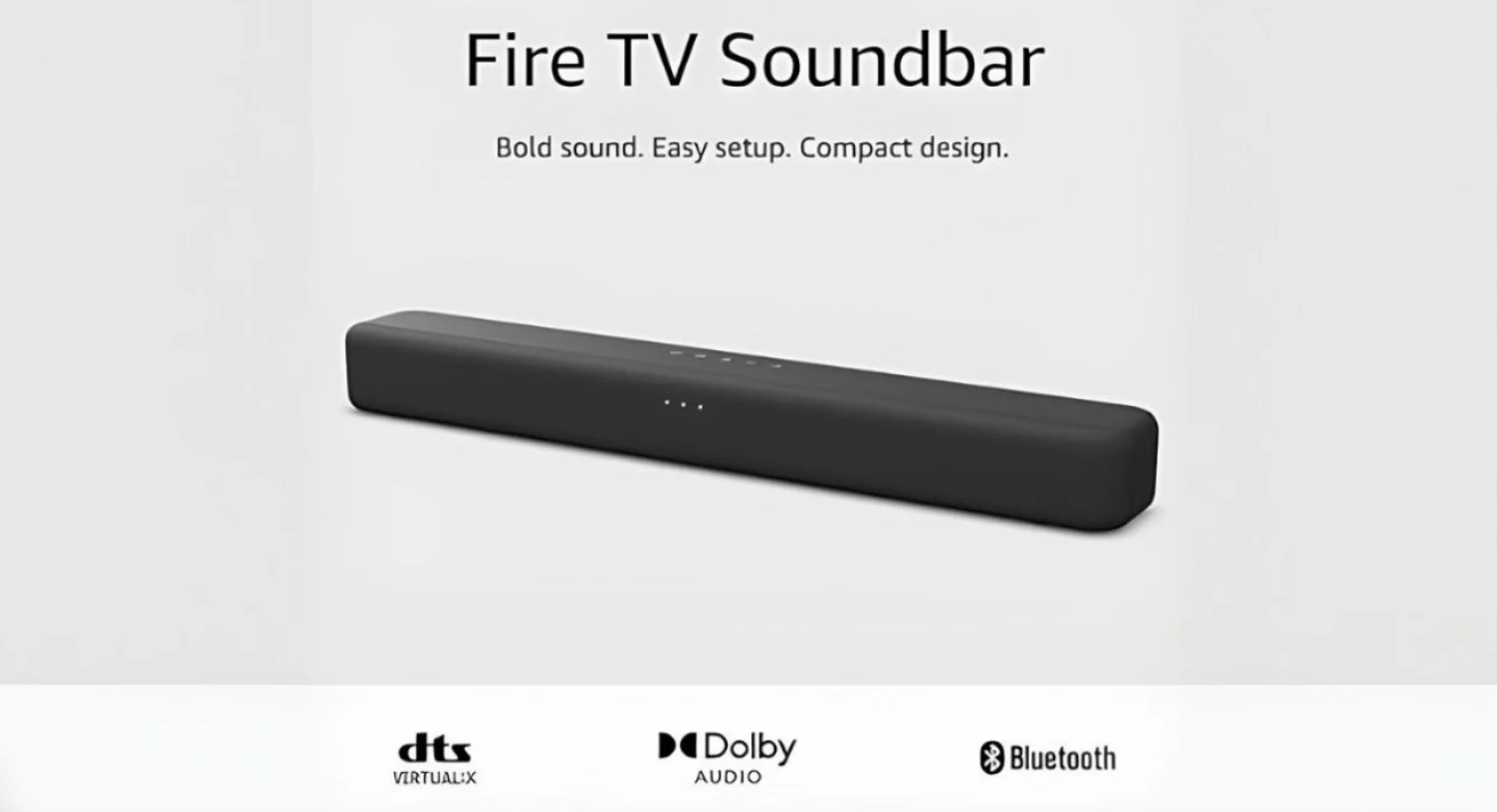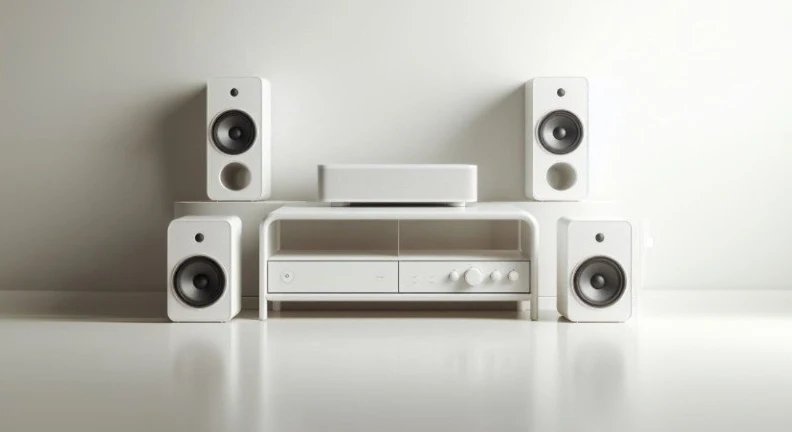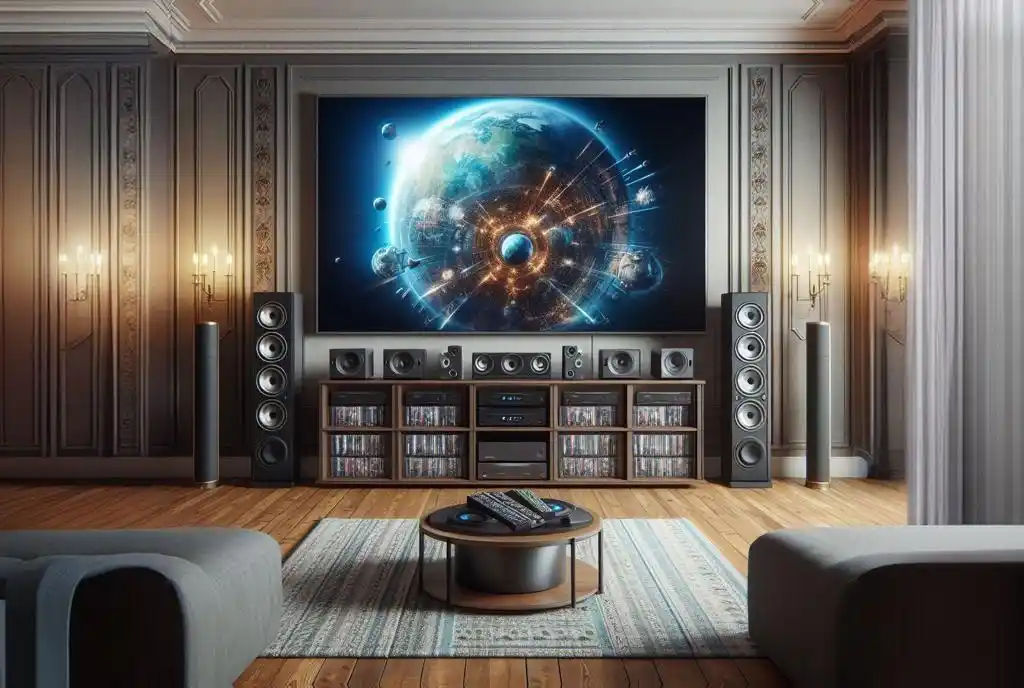How Does Surround Sound Work? A Guide to Immersive Audio

Have you ever wondered how surround sound systems create such immersive audio experiences? Whether you’re watching a movie, playing a game, or listening to music, surround sound can make you feel like you’re in the middle of the action. But how does it work? What are the components and technologies behind this amazing feat of sound engineering? In this article, we’ll explain everything you need to know about how surround sound works, from its history and evolution to its current and future applications.
Table of Contents
What is Surround Sound?
Surround sound is a term that refers to a type of audio system that uses multiple speakers placed around the listener to create a 360-degree sound field. Unlike stereo sound, which only uses two speakers to create a left and right channel, surround sound can create a more realistic and immersive sound environment by adding depth, direction, and dimension to the audio.
Surround sound systems typically consist of the following components:
- Front channels: These are the speakers that are placed in front of the listener, usually on either side of the screen or the main source of sound. They handle most of the soundtrack, music, and sound effects that come from the front.
- Center channel: This is the speaker that is placed directly below or above the screen, usually in the center of the front channels. It handles most of the dialogue and vocals that come from the front, ensuring that they are clear and balanced.
- Surround channels: These are the speakers that are placed at the sides or slightly behind the listener, usually at an angle of 90 to 110 degrees from the front channels. They handle most of the ambient and background sounds that come from the sides or the rear, creating a sense of envelopment and immersion.
- Subwoofer: This is the speaker that is placed anywhere in the room, usually near the front channels. It handles the low-frequency sounds that add bass and impact to the audio, such as explosions, thunder, or drums.
The number and arrangement of speakers in a surround sound system can vary depending on the format and the preference of the user. The most common and standard format is 5.1 surround sound, which uses five speakers and one subwoofer. However, there are also other formats that use more speakers, such as 7.1, 9.1, or even 11.1 surround sound, which add more surround or height channels to create a more detailed and three-dimensional sound field.
How Does Surround Sound Work?
Surround sound works by encoding and decoding audio information into multiple channels that correspond to different speakers. Each channel carries specific audio data that is intended to be played from a certain direction. For example, a sound that is supposed to come from behind the listener will be encoded into the surround channel and played from the surround speaker.
The encoding and decoding process can be done in different ways, depending on the technology and the format of the audio. Some of the most popular and widely used surround sound formats are:
- Dolby Digital: This is a digital format that uses a lossy compression algorithm to encode audio into six channels: front left, front right, center, surround left, surround right, and subwoofer. It can deliver high-quality surround sound for movies, games, and music, and is compatible with most devices and media players.
- DTS: This is another digital format that uses a lossy compression algorithm to encode audio into six channels, similar to Dolby Digital. However, it uses a higher bit rate and a different compression method, which some claim to offer better sound quality and clarity than Dolby Digital.
- Dolby Atmos: This is a newer and more advanced format that uses an object-based approach to encode audio. Instead of assigning sounds to specific channels, it treats each sound as an object that can be placed anywhere in a 3D space. This allows for more precise and realistic sound positioning and movement, as well as adding overhead sound channels for height effects. Dolby Atmos requires a special decoder and additional speakers to fully experience its capabilities.
- DTS:X: This is another newer and more advanced format that uses an object-based approach to encode audio, similar to Dolby Atmos. It also allows for more flexible and customizable speaker configurations, as well as adapting to the shape and size of the room. DTS:X also requires a special decoder and additional speakers to fully experience its capabilities.
Why Use Surround Sound?
Surround sound offers many benefits and advantages over stereo sound, especially for entertainment and media consumption. Some of the reasons why you should use surround sound are:
- It creates a more immersive and realistic sound experience: Surround sound can make you feel like you’re in the middle of the action, whether it’s a movie, a game, or a concert. You can hear sounds coming from all directions, creating a sense of depth and dimension that stereo sound cannot replicate. You can also hear subtle details and nuances that might otherwise be missed or drowned out by stereo sound.
- It enhances the emotional and dramatic impact of the audio: Surround sound can also affect your mood and emotions, as well as the narrative and the atmosphere of the audio. For example, surround sound can create a sense of tension, suspense, or excitement by using sound effects that come from behind or above you. It can also create a sense of awe, wonder, or beauty by using ambient sounds that fill the room and envelop you.
- It improves the clarity and balance of the audio: Surround sound can also improve the quality and the intelligibility of the audio, especially for dialogue and vocals. By using a dedicated center channel, surround sound can ensure that the dialogue and vocals are clear and balanced, without being overshadowed by the soundtrack or the sound effects. It can also reduce the distortion and the noise that might occur in stereo sound due to the limited bandwidth and the interference of the channels.
How to Set Up Surround Sound?
Setting up surround sound can be a simple or a complex task, depending on the type and the size of the system you want to use. However, there are some general steps and guidelines that you can follow to ensure a successful and optimal surround sound setup. These are:
- Choose the right speakers and receiver: The first step is to choose the speakers and the receiver that match your needs and preferences. You should consider the number, the size, the power, and the quality of the speakers, as well as the compatibility and the features of the receiver. You should also make sure that the speakers and the receiver support the surround sound format that you want to use, such as Dolby Digital, DTS, Dolby Atmos, or DTS:X.
- Place the speakers and the subwoofer: The next step is to place the speakers and the subwoofer in the appropriate positions and angles in the room. You should follow the recommendations and the instructions of the manufacturer or the format, as well as the shape and the size of the room. Generally, you should place the front speakers at an equal distance from the listener, and at an angle of 22 to 30 degrees from the center. You should place the center speaker directly below or above the screen, and at the same height as the listener’s ears. You should place the surround speakers at the sides or slightly behind the listener, and at an angle of 90 to 110 degrees from the center. You should place the subwoofer anywhere in the room, preferably near the front speakers or the wall. You should also avoid placing the speakers too close to the walls, the corners, or the windows, as this might affect the sound quality and the performance.
- Connect the speakers and the receiver: The next step is to connect the speakers and the receiver using the appropriate cables and connectors. You should follow the color-coded labels and the diagrams of the receiver and the speakers, and make sure that the polarity and the impedance of the connections are correct. You should also avoid crossing or tangling the cables, as this might cause interference or damage to the system.
- Calibrate the system: The final step is to calibrate the system using the built-in calibration tool of the receiver or a manual adjustment. Calibration is the process of adjusting the volume, the distance, the delay, and the equalization of each speaker, to ensure that the sound is balanced and optimized for the room. Calibration can be done automatically by using a microphone and a test tone, or manually by using your ears and a sound meter. Calibration can improve the sound quality and the performance of the system, as well as correct any errors or inconsistencies that might occur during the setup.
Conclusion
Surround sound is a remarkable technology that can transform any audio experience into a more immersive and realistic one. By using multiple speakers and channels, surround sound can create a 360-degree sound field that adds depth, direction, and dimension to the audio. Surround sound can also enhance the emotional and dramatic impact of the audio, as well as improve the clarity and balance of the audio. Surround sound can be used for various purposes and applications, such as movies, games, music, and more.
Setting up surround sound can be a simple or a complex task, depending on the type and the size of the system you want to use. However, by following some general steps and guidelines, you can ensure a successful and optimal surround sound setup. You should choose the right speakers and receiver, place the speakers and the subwoofer, connect the speakers and the receiver, and calibrate the system.
We hope this article has helped you understand how surround sound works, and how to set up your own surround sound system. If you have any questions or comments, feel free to leave them below. Thank you for reading, and happy listening!




